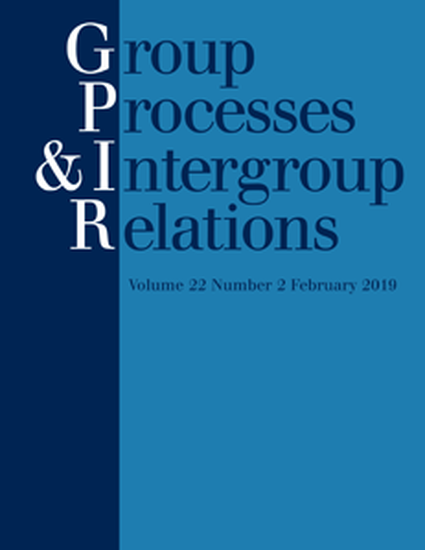
This study investigated whether attentional bias toward homosexual couples differs as a function of the manipulation of perceived entitativity, the degree to which group members are perceived to share common values and pursue common goals. Across two experiments, heterosexual college students were randomly assigned to read statements that suggested that homosexual and heterosexual couples were either high or low in entitativity. Following this task, 199 participants completed a dot probe task in Experiment 1 and electroencephalogram (EEG) activity was recorded for 74 participants in Experiment 2 to measure the implicit attentional processing that resulted from viewing pictures of gay, lesbian, and straight couples. Results indicated that participants exposed to low entitativity statements directed less behavioral and neural attention toward gay relative to straight couples compared to those exposed to high entitativity statements. Given the apparent malleability of attentional biases, future research should strive to better understand the factors involved in reducing attentional bias, and by extension, discriminatory behaviors toward minority groups.
Available at: http://works.bepress.com/catherine-forestell/42/
